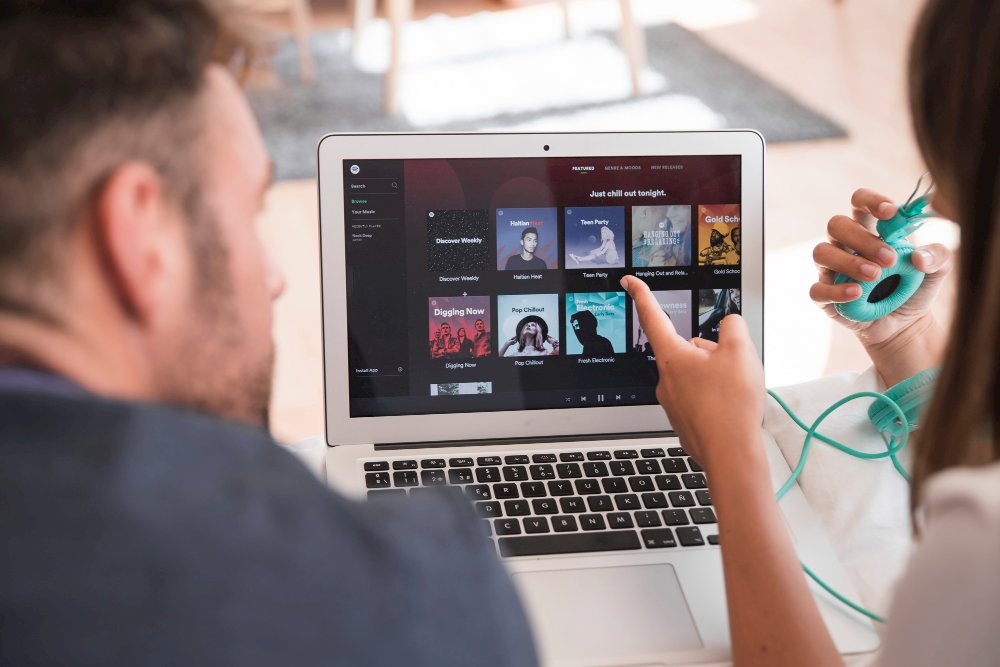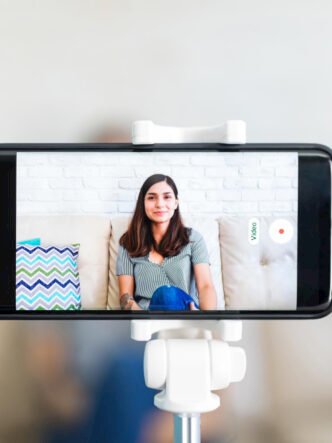Video quizzes for e-learning provide a powerful way to reinforce learning. They offer a way to incorporate interactive elements directly into video content. Their interactive nature makes learning more engaging and boosts motivation. Quizzes enable educators and learners to assess understanding at various points within a video. This offers immediate feedback and encourages active engagement.

Benefits of embedding quizzes into videos
L&D professionals, online educators, corporate trainers, and Ed Tech providers can experience the following benefits when embedding video quizzes into educational content.
- Quizzes encourage active participation rather than passive viewing. Learners watch video content more attentively when they know they have to answer quizzes.
- Quizzes improve knowledge retention as learners have to recall and apply their knowledge to complete them. Active processing of information enhances their cognitive skills.
- Learners receive immediate feedback on their answers. This is far better than having to wait days for feedback after completing a quiz, which often happens in conventional classrooms. It means they can quickly identify what they do and don’t know.
- Incorporating quizzes in bite-sized learning videos can help to test learners on small amounts of information. This reinforces their understanding of a specific topic or skill.
- Educators can use quizzes to track learner progress. Based on how they complete answers, they can offer additional resources. They can also use the insights from quiz answers to help them adapt and improve training.
- Corporate trainers can embed video quizzes into many different types of content to assess the progress of employees. This may include embedding them in onboarding videos or in role-specific training.
On the Cincopa video hosting platform, you can use many interactive learning tools in your e-learning videos, including quizzes.
Types of quizzes
As an educator, you can use many different types of questions in quizzes to thoroughly assess learners. They help you to identify knowledge gaps and areas for improvement.
Multiple-choice questions can be very effective with proper design. Learners have to choose the right answer from a number of options. You need to be careful when using true/false questions, as it is easy for learners to guess and get a right answer.
Hotspot question types promote visual learning and improve critical thinking. When you incorporate hotspot questions into quizzes, learners must click on a specific image and answer a question. This can be ideal for subjects like anatomy.
Branching questions direct learners on different paths depending on how they answer previous questions. This helps to personalize a quiz to suit the needs of individual learners.

Best practices for quiz timing and design
If you’re a corporate trainer or online educator, the design of your quizzes and their timing are critical for video engagement.
1. Align quiz questions with learning objectives
- Quiz questions must assess the knowledge and skills learners get from the e-learning videos. When they understand specific areas of weakness, they can work on them.
- Your questions must be clear and straightforward. You aren’t trying to trick learners.
- If learners don’t have to think too hard or find the answers too difficult, they could lose interest. Aim for questions that prevent guesswork and encourage active thinking. Questions should stimulate cognitive processes like understanding and analyzing.
2. Place quizzes strategically
- You can add quizzes throughout video content and not just at the end. This can test understanding while the information is still fresh in the mind of the learner.
- At the end of a video, you can have a more comprehensive quiz that shows how much learners remember of the content.
- You can use an overlay with a quiz question relating to content. This puts the question in context.
- Scenario-based question-and-answer quizzes can help to drive engagement during corporate training videos. They can assess higher-level thinking skills. This type of quiz is a great way to encourage active thinking when a topic is complex or dry.
The Cincopa platform allows you to add quizzes in corporate training and other educational videos. It facilitates live streaming and the creation of a library of video-on-demand (VOD) training videos.
3. Use time limits where appropriate
Sometimes it will help to create urgency and only give a certain time in which to take a quiz. You must think about the quiz complexity when setting a time limit. Clearly communicate the time limit for learners to start the quiz.
4. Mix up quiz types
If you mix up quiz types, it helps learners to stay interested instead of feeling bored. It also familiarizes them with answering different types of questions. Quizzes can simply test knowledge, but they can also require learners to apply their knowledge. A scenario-type question requires learners to think more critically.
5. Provide timely feedback
Immediate feedback shows learners in real time what they know and don’t know. They can receive explanations about why their answers were wrong so they can correct their misperceptions. Using video messaging can help educators to interact with learners who are having difficulties. They could offer supplementary material to learners, such as visual aids or additional resources. The earlier they can intervene when learners are struggling, the more chance they have to improve their performance.
6. Use micro-learning quizzes
Breaking information down into small, digestible pieces helps learners to retain information. A training course can contain short modules that each deal with a different topic. This helps to reduce cognitive overload. Include a quiz at the end of each short module. A more comprehensive quiz once all modules are completed will test overall knowledge retention.
7. Carefully consider the design of multiple-choice questions
These types of questions are useful in many cases, but they need thought, or they can encourage guessing. If learners guess correctly, educators think they understand when they don’t. This is why it’s so important to craft a multiple-choice quiz carefully. It can test high-level thinking. Multiple-choice quizzes are also quick to complete and to score.
8. Adapt quiz content to learner needs
Learners are more likely to engage when the quiz content is customized to their needs. Actively using quiz data to adapt course content allows educators to offer more personalized learning experiences to all learners.
Using quiz data to adapt course content
Collect and analyze quiz data
Interactive video quiz content is customizable and educators can assign scores to quizzes. They are able to see data such as total correct answers, total number of questions learners complete and the time they take to answer.
If most learners answer a quiz question incorrectly, it could show that the question was unclear or misleading. Reviewing the question could mean more learners would answer correctly. If they still failed to answer correctly, the problem could lie in the course content, which may need improvement.
If learners complete a quiz very quickly, the questions could be too easy. If learners fail to complete a quiz, the questions could be too difficult or the time limit may need changing.
Ensure learners can apply knowledge
When using corporate videos in the workplace, e-learning assessments can offer insights into whether learners are able to apply their knowledge correctly. Incorporating more scenario-based questions into quizzes can teach learners how to apply their knowledge. With these types of questions, learners must make decisions or solve problems just as they would in a real-life situation. Learning is more effective when it’s relevant and practical.
On the Cincopa platform, quizzes can capture learner responses and the use of real-time analytics allows for tracking of understanding and progress. Go to the Cincopa home page and you can find out more about its advanced analytics. You can assess how videos that contain quizzes perform and how learners interact with them. This offers you insights to make improvements.
Conclusion
Video quizzes for e-learning help both learners and educators to assess progress. They promote active engagement and make learning more fun. Careful thinking needs to go into creating quizzes and including them in video content.
Educators need to know why it’s important to use quizzes and what they want to accomplish by using them. With the insights into performance that quizzes offer, they are able to give learners feedback and the support they need when they need it. Sign up for a free trial on the Cincopa platform and find out more about using quizzes in video content and analyzing the results.









